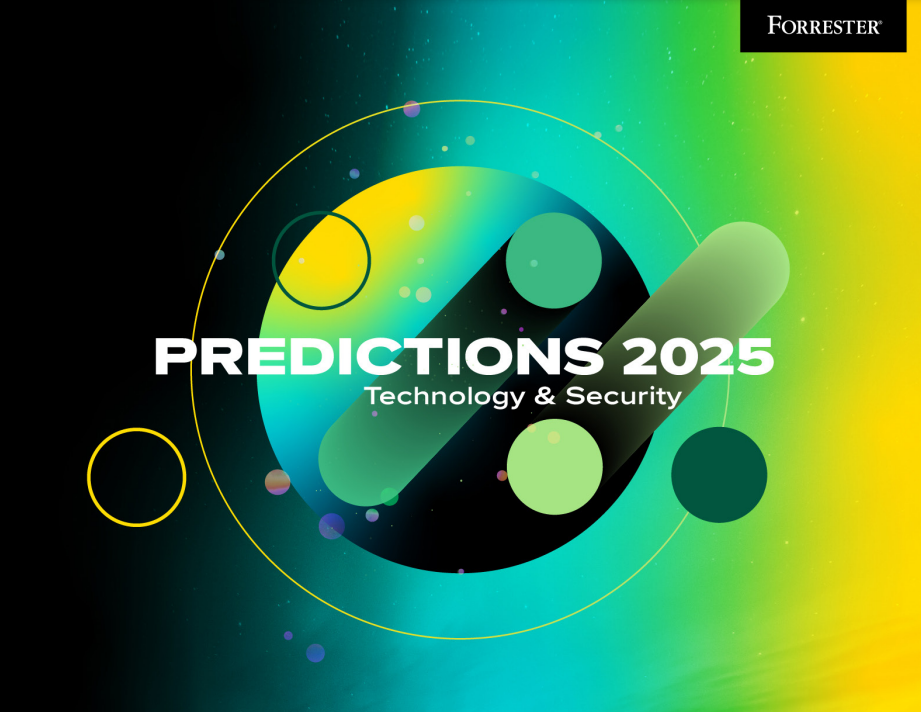Predictions 2025: B2B Marketing & Sales | Forrester
Artificial Intelligence |
Hard-Won Insights Drive Growth
In 2024, B2B organizations embraced bold experimentation, spurred by the potential of generative AI. In 2025, the focus shifts to driving revenue as leaders work to turn those insights into tangible growth. Some may chase quick wins that fail to create lasting impact or prematurely pull back from promising long-term initiatives. The most effective B2B leaders will strike a balance, using the lessons learned to fuel steady progress.
This guide is designed to help B2B marketing and sales leaders stay ahead of the trends that will shape 2025. Discover how AI will further evolve, what’s next for product-led growth, and how younger B2B buyers will continue to reshape sales and marketing. The predictions here provide a roadmap to successfully navigate the B2B landscape of 2025.
Our core recommendation: leverage the insights gained from experimentation to build sustainable growth. Avoid the traps of short-term thinking; instead, strengthen your data and operational foundations. This is the time to address revenue process gaps and center your strategy on customer needs. The moves you make now will pave the way for future success.
Prediction: CMOs and CSOs Will Strive for Reorganization, But Half Won’t Resolve Core Issues
Organizations are under pressure to leverage transformation initiatives, change management, and AI-driven advancements for growth. However, only 12% of marketing leaders in Forrester’s Q4 2023 Demand Marketing Survey believe their current structure can effectively achieve revenue goals, and just 7% feel they have the necessary skills and competencies. Many will attempt reorganizations, such as integrating partner ecosystem marketing under the CMO, shifting revenue development roles between sales and marketing, or consolidating revenue operations under a “go-to-market” framework. Instead of superficial changes, prioritize essential shifts, including refocusing strategy around customers, fixing revenue processes, enhancing operational efficiency, and advancing talent with a blend of human and AI skills.
Prediction: ROI Fixation Will Lead Many Enterprises to Prematurely Scale Back AI Investments
While AI adoption has improved customer experiences, boosted productivity, and introduced new revenue streams, organizations are resetting their expectations. Routine AI use cases have become standard and embedded within business software. Leaders realize that AI ROI will take longer than initially anticipated, with Forrester’s Q2 AI Pulse Survey, 2024, showing that 49% of US AI decision-makers expect ROI within one to three years, and 44% within three to five years. Rather than scaling back, AI leaders should create a robust strategy aligned with their business model, focus on unique use cases that leverage proprietary data, and develop a roadmap balancing short- and long-term ROI, fostering a cycle of reinvesting early successes into future AI projects.
Prediction: Younger Buyers Will Involve 10 or More External Influencers in Purchase Decisions
As Millennials and Gen Z increasingly drive B2B purchases, they rely on their value networks—external sources that include online communities and industry connections—to inform their decisions. Forrester’s 2024 Buyers’ Journey Survey found that 30% of younger buyers involve 10 or more external contacts in purchase decisions, and this figure is expected to exceed 50% by 2025. Social media is already a top interaction source for these buyers, and its importance continues to grow. To navigate this shift, B2B marketers and sellers must understand these external influencers and develop strategies to engage and support them effectively.
- Hard-Won Insights Drive Growth
- CMOs and CSOs will aim to reorganize, but half will fail to fix what ails them
- Most enterprises fixated on AI ROI will scale back prematurely
- Half of younger buyers will include 10 or more external influencers in their purchase
- Half of large purchases will be processed through digital sales channels
- Enterprises betting on product-led growth strategies will drop to less than 20%
- Activate Our Predictions Within Your Organization
Number of Pages:
- 8 pages
Pricing:
- Free






